Dental Veneers Turkey
Mostly used dental veneers for cosmetic purposes in solving problems such as discoloration, chips, and minor misalignments or gaps. It's quite effective and natural-looking due to porcelain veneers with their translucent and stain-resisting finish or composite ones with their affordable and minimally invasive procedure.
Before you visit a few clinics and ask your doctor, it is to your advantage to find out how many types of veneers. What are their differences, how much they cost, which one is suitable for you. Approximately 120 thousand people come Turkey every year for dental reconstructions including dental veneers. This shows that there is a significant trust.
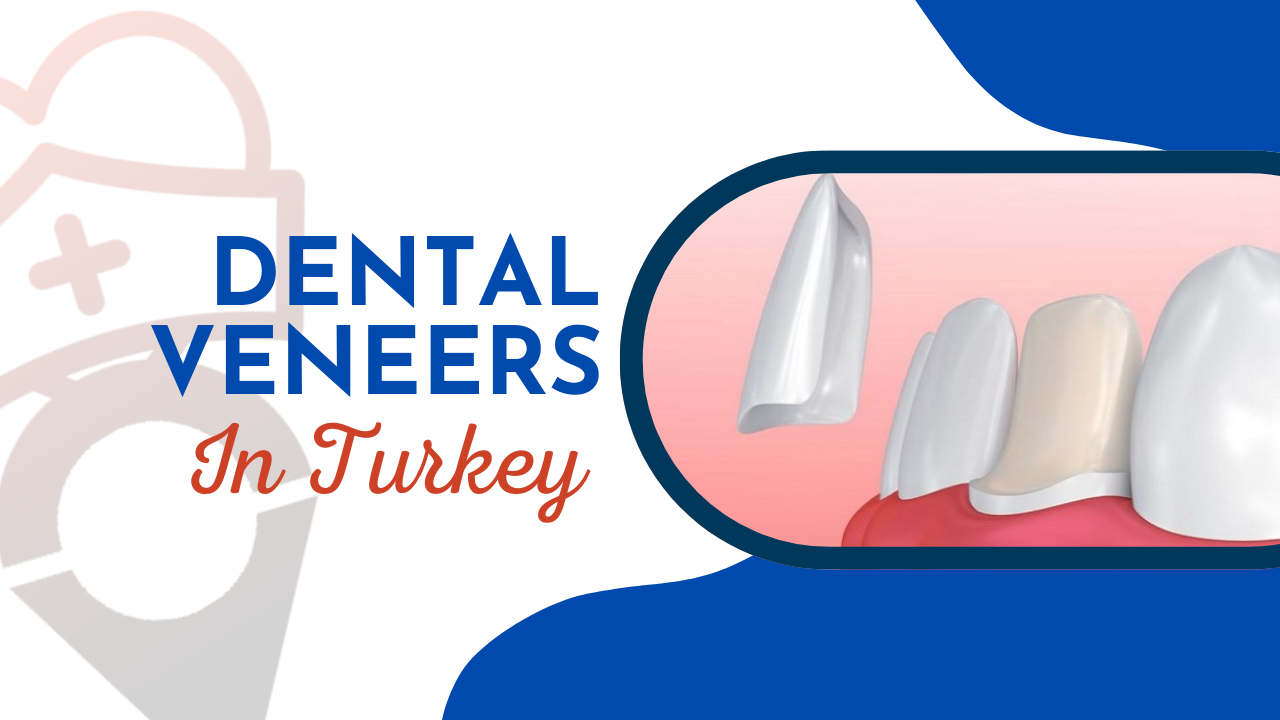
What is Veneers and Types


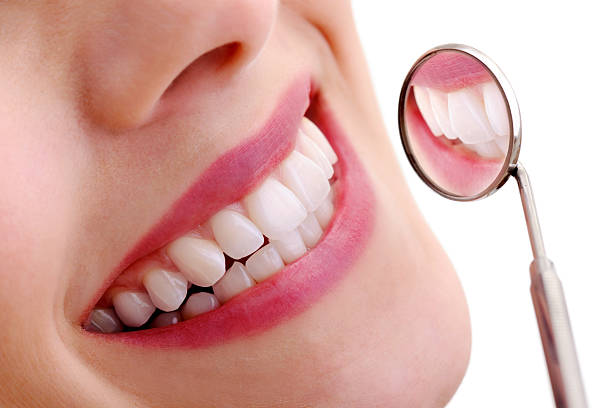
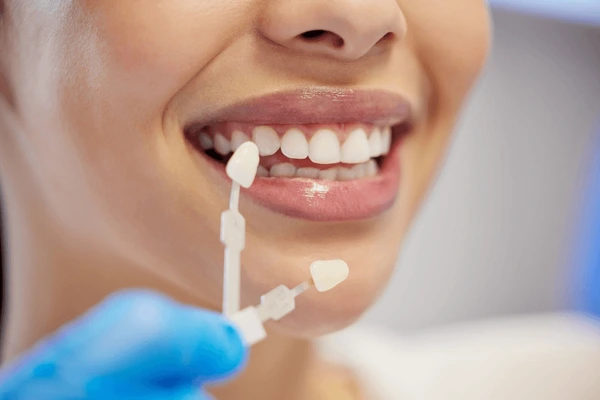
Veneers are thin shells of porcelain or composite resin made, cover the front surfaces of teeth. They changes the look of teeth that are discolored, worn, chipped or misplaced. Veneers can provide a natural-looking, aesthetically attractive smile.
Types of Veneers are Zirconia Porcelain, E.Max Porcelain, Vita Suprinity, Dental Lumineers, Celtra® DUO, Laminate and Empress. Ceramic veneers, are highly favored for smile enhancement due to their minimally invasive nature and natural appearance.
Laminate veneers are ultra-thin shells, approximately 0.5 to 1.0 mm thick. Made from dental ceramics and bonded onto the facial surface of teeth. In the application of full set of veneers, factors such as thickness, bonding technique, fatigue, wear and fracture resistance of the applied teeth can affect their lifespan.
Prices also important before choose right one, so you can view affordable price and packages using below link.
Medically Reviewed By
Clinicapoint Dental Team
Composite Veneers Turkey
In cosmetic dentistry, one of the more common ones is the composit dental veneers, made from composite resin material. Expertly layered and shaped directly onto the tooth surface by a dentist.
These are suitable for dental veneers Turkey teeth that have slight discoloration, small chips, and slight malalignment. The indications are instead for patients who need quick, minimally invasive, and inexpensive smile enhancement.
Composite veneers give a highly natural appearance, and due to their versatility. They can serve as a multipurpose option for those seeking an effective, inexpensive alternative for cosmetic dental enhancement.
Composite Veneers Before and After
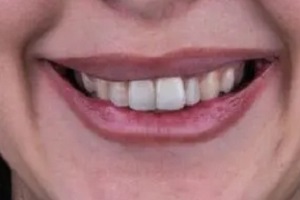
Composite Veneers Before
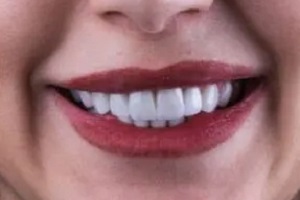
Composite Veneers After
Does not involve significant reduction or no reduction of enamel at all.
Do not require lab fabrication, they can be fabricated and applied in a single dental visit.
Can easily be repaired or adjusted in case they chip or fall off, Composite Veneers Price and Packages
Zirconia Veneers Turkey
The material type used in veneers, including options like lithium disilicate, zirconia, or polymer-infiltrated ceramic. As well as the bonding substrates, are crucial in determining the fracture resistance and failure mode of veneers. Here is the features of Zirconia Veneers:
Zirconia Veneers Before and After
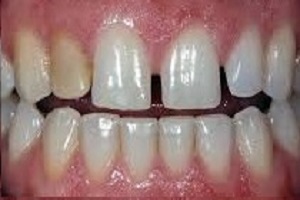
Zirconia Veneers Before

Zirconia Veneers After
Highly translucent, resembling natural teeth.
Resistant to chipping and staining.
Ideal for those with a strong bite or those prone to grinding or clenching. Zirconia Veneer Prices and Packages
E-Max Porcelain Veneers Turkey
Emax porcelain veneers are ultra-thin, strong, and naturally aesthetic veneers that are made of lithium disilicate ceramic. Lithium disilicate ceramic is noted for its strength combined with its aesthetic properties.
The dentist uses these to improve the appearance of teeth that could be discolored, chipped, or separated by gaps. Emax veneers are custom-designed to match each patient's teeth. They offer an extremely natural appearance that is capable of taking on many of the same light-reflecting properties as natural enamel.
These dental veneers Turkey are popular in their durability, translucency, and resistance to stains; thus they are highly durable for cosmetic dentistry.
E.Max Porcelain Veneers Before After
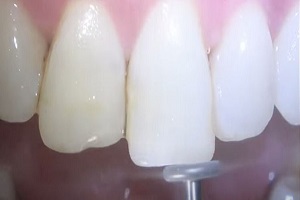
E-Max Veneers Before
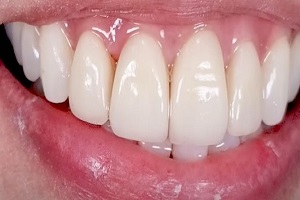
E-Max Veneers After
High aesthetic value with excellent translucency and color matching..
Requires minimal tooth preparation.
Suitable for both anterior and posterior teeth restorations.. E-Max Veneer Price and Packages
Dental Lumineers in Turkey
Dental Lumineers belong to a class of ultra-thin porcelain veneers that are used in cosmetic dental enhancements. These fit over the front of the teeth to improve their appearance-be it discoloration, minor misalignment, gaps, or chips.
Unlike traditional veneers, generally there is little, if any, preparation of the tooth or removal of enamel when placing Lumineers. This can be considered less invasive. They are known to be durable, natural-looking, and reversible. This makes dental Lumineers veneers Turkey a popular choice for patients seeking some cosmetic dental solution that is not permanent.
Lumineers Before After
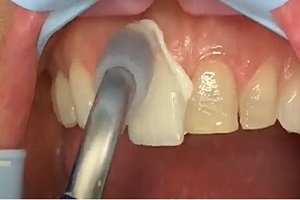
Lumineers Before
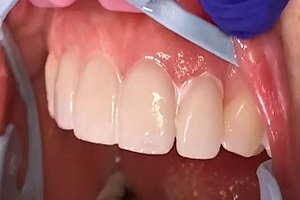
Lumineers After
Minimal to no tooth reduction required.
Offers a reversible option for those hesitant about permanent alterations to their teeth.
Suitable for minor cosmetic enhancements and smile makeovers Lumineers Price and Packages
Celtra® DUO Veneers Turkey
Celtra Duo veneers Turkey are high-strength, glass-ceramic veneers that are made from zirconia-reinforced lithium silicate, thus offering strength and natural translucency. These are aesthetically pleasing and share a close resemblance to the natural look of the teeth.
They have high resistance against chipping and cracking. They can either be milled or polished. This possibility makes it feasible for dentists to customize them in-office, hence possibly shortening the treatment.
These are ideal dental veneers Turkey for patients seeking durability combined with the lifelike appearance desired in cosmetic dental enhancements, such as covering stains, chips, and gaps.
Celtra DUO Veneers Before After

Celtra DUO Before
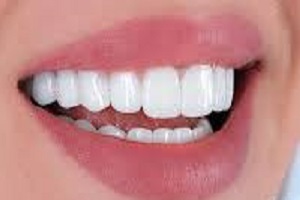
Celtra DUO After
Offers high strength and excellent aesthetics.
Customizable to match the natural color and shape of the teeth.
Provides long-lasting results with minimal wear. Celtra Duo Price and Packages
Laminate Veneers Turkey
Laminate veneers are thin layers of either porcelain or composite resin bonded to the front of teeth to enhance aesthetics. They are known for their extremely natural appearance and durability, hence they are usually applied in cases of yellowing, slight chipping, or gaps between teeth.
Unlike traditional veneers, laminate veneers require very minimal tooth preparation. Most of the integrity of the natural tooth structure. They are more popular for those patients who desire cosmetic dentistry that not only involves quick application but also lasts longer.
Laminate Veneers Before After
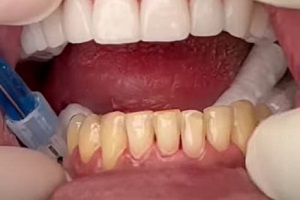
Laminate Veneers Before

Laminate Veneers After
Require minimal tooth preparation, preserving natural tooth structure.
Can be fabricated directly in the dental office or custom-made in a dental lab.
Offer a more affordable option compared to other types of veneers. Laminate Veneers Price and Packages
Empress Veneers
- Fabricated from a high-strength glass-ceramic material.
- Provides natural translucency and color variations.
- Requires minimal tooth preparation, preserving enamel.
- Suitable for anterior teeth restorations and smile enhancements.
Cost of Veneers in Turkey
Cost of veneers in Turkey are starting from £140 to £800 for one tooth. How much veneers depends on what they're made of. Options starting with popular cities like Istanbul and Antalya are available. Many people like zirconium porcelain veneers, because they're good quality. People who visit Turkey for dental veneers like that they're both cheap and excellent.
Clinics tell you how much veneers cost and give you options that fit your needs. This is in the range of different veneer types, locations, and expertise of the dentist. They are relatively cheaper in Turkey.
In the UK, the price a bit higher, usually running from £350 to £2,000. In the USA, veneers are the most expensive, sometimes starting at £500 to £3,000 per tooth, depending on the city. Porcelain veneers are generally costlier because of their durability and resemblance to a tooth. On the other hand, composite veneers and Lumineers are somewhat more affordable.
When looking at the price of veneers in Turkey, patients are amazed by how cheap they are compared to other countries. A full set of zirconium porcelain veneers in Turkey lasts long and looks real. People from the UK often go to Turkey for dental veneers to get perfect UK smiles without spending too much.
How is Dental Veneers Turkey Done
When dental veneers Turkey done, a multistep process is not surgical in nature, possibly involving minor dental procedures. It would generally begin with a consultation wherein the dentist would look at the teeth and discuss the desired outcome to decide upon the veneers.
Then, the teeth are prepared by removing a small amount of enamel from the front surface. This is always under local anesthesia because comfort is key. Following the removal of enamel, the dentist will take an impression of your teeth and send it to a dental laboratory for, in return, custom veneers to be made.
In some instances, temporary veneers could be put in place while waiting for the permanent ones to serve the purpose of protection for the teeth. Once the custom veneers are prepared, the dentist will temporarily place them on your teeth to check for fit and color. At this stage, adjustments can be made.
The teeth are then cleaned and etched to create a rough surface that allows the veneers to bond more securely. The veneers are then cemented to the teeth using a special adhesive, and a light is used to quickly harden the cement.
Dental Veneers choose tips
Dental veneers can actually fulfill that dream smile of yours wherein defects such as discoloration, chips, gaps, or misalignment disappear. There are a number of factors in choosing the best veneers for yourself.
Turkey is a top pick for people who wants a perfect smile through dental veneers. Turkey has become a center for getting veneers to improve teeth, thanks to its modern clinics and low prices. Many choose a full set in Turkey to make sure all their teeth look the same.
First of all, it's necessary to know the types of veneers. Porcelain veneers are strong, natural, and resistant to stains; they serve for 10-15 years. Composite resin veneers are cheaper, their preparation is lighter with less actual removal of the enamel; besides, they are easier to repair, though not so durable.
Make sure that your dental health is in good condition, free from cavities or periodontal diseases, before doing veneers. Clearly state what you want and what your expectations are during the consultation. Finally, select a cosmetic dentist with accomplished skill and study his before-and-after photograph portfolio to help ensure confidence in his work. The veneer procedure will involve consultation, tooth preparation, taking impression, and bonding.
Moreover, consider the durability of the veneers and how to care for them. Both these factors demand good oral hygiene and regular visits to the dentist. Also, take your budget into consideration and check if there is any insurance for it, or if financing options are available.
Some dentists even do mock-up veneers to show what you would look like with veneers before placing permanent ones. Having all this information, with the help of a qualified dentist, will ensure you make a very informed decision and have the best outcome.
Before After Dental Veneer Images

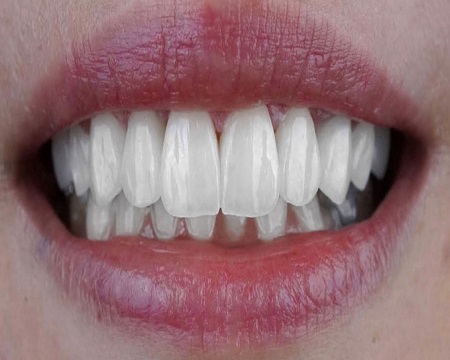
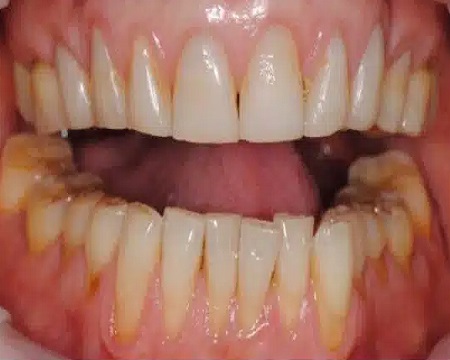
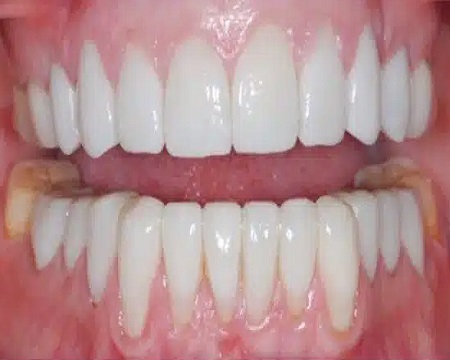
Best Dental Clinic in Turkey for Veneers?
While choosing a veneer dental clinic, one should identify several key features like the experience and expertise of the treatment, reputation, and specialization of the clinic in cosmetic dentistry. Further, the type of material and technique to be used is another feature. Ceramic veneers, composite veneers, or zirconia veneers will assure high-class results.
Patient reviews and testimonials are a good insight into the reputation of the clinic, professionalism, and level of patient satisfaction. Recommendations could be sought from family, friends, or even your healthcare professional for credible clinics. Clinicapoint offers you best dental clinics specialized in treatments.
Veneer Brands Used in Turkey
Ivoclar Vivadent is Swiss-based company is known for its high-quality dental products, including veneers.
When it comes to a complete Turkey set many patients ask about the cost of veneers in Turkey and pick choices like zirconium porcelain veneers to get long-lasting outcomes. Turkey's capable dentists draw in people who want UK-style smiles through dental veneer treatments in Turkey.
- 3M: 3M is a multinational conglomerate known for its wide range of products, including dental materials.
- Dentsply Sirona: Another major player in the dental industry, Dentsply Sirona offers a variety of options.
- VITA Zahnfabrik: VITA is a German company known for its dental materials and veneers.
- GC Corporation: A Japanese company, GC Corporation manufactures dental products, including veneers.
Dental Veneers Turkey Packages
Celtra Duo 6 Veneers
*Free Transfers, Hotel
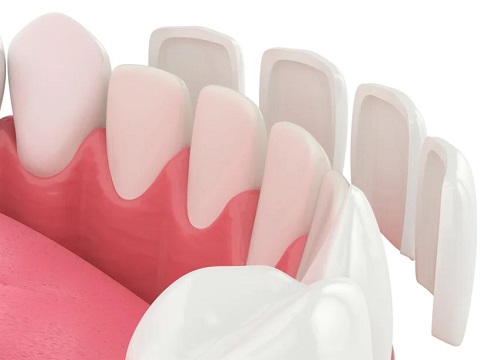
E-max 8 Pack Veneers
*Free Transfers, Hotel
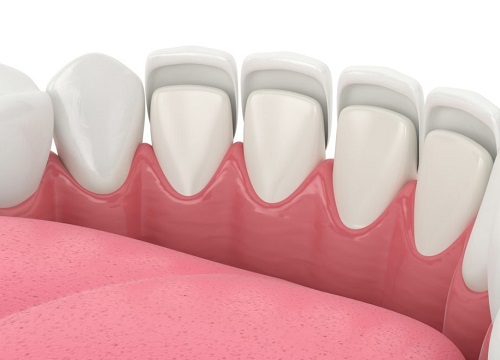
Empress 16 Veneers
*Free Transfers, Hotel
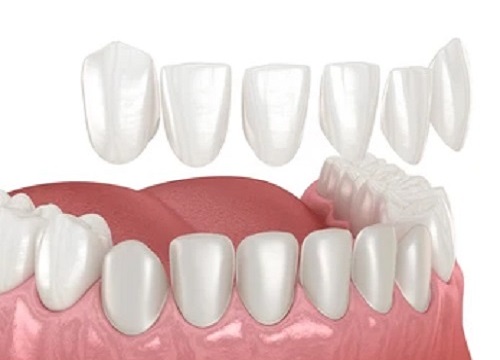
Is It Safe Veneers in Turkey?
Process is indeed successful in providing predictable aesthetic correction for anterior teeth, with a reported survival rate of 91% over 20 years. This indicates a relatively reliable option when one is interested in improving the appearance of teeth.
The effect of veneers on periodontal status and indicates that some positive effects exist on general periodontal health. This is a possibility for veneers to positively influence the maintenance of periodontal health. Also one of the critical factors in ensuring safety and long-term success of dental restorations.
The clinical success rate and their laboratory failure pointed out that proper surface treatment. The prevention of contamination are extremely important to minimize debonding. These factors will ensure the longevity and safety of veneers in clinical practice.
How Long Time Takes the Process in Turkey?
The process starts on day 1 with about an hour-long consultation with the dentist examining the health of the mouth. Cosmetic requirements, then taking X-rays/scans of the teeth.
Day 2 is treatment planning, usually about one or two hours. First, your dentist will discuss your preferential input on the size, shape, and color of the veneers. Often, this involves digital imaging so that a mock-up of the new smile can be designed.
Teeth are prepared for veneers on day 3 by reducing a small amount of the enamel to make way for the veneers. This is a procedure that can take anywhere from one to two hours but can be quite comfortable with the use of local anesthesia.
Between Days 4 and 10, following the tooth preparation, veneers are produced. Impressions sent to a dental lab take one to two weeks. In this period, between visits, patients can easily tour around Turkey and get to know its attractions.
Day 11, patients revisit with placement of the veneers. The dentist then will go over the fit and aesthetics of each veneer and bond the restorations onto the teeth with special adhesives. This would take about an hour or two.
Last step is making final adjustments that the veneers are comfortable and functional.
Generally, it takes about 10 to 12 days in total
Stability and Durability of Veneers
Success and durability are influenced by a number of factors, including preparation design, material type, and bonding techniques. Different preparation designs-for example, crenelated designs in CAD-CAM ceramic veneers-influence the strength of debonding and, consequently, performance. Material types and bonding substrates include dentin or composite fillings. Further found to bear on fracture resistance and failure modes.
Color stability is considered very important in the long-term success and esthetics of laminate veneers. The development of discoloration can be modified by different factors, such as the intensity and duration of polymerization. Exposure to the environmental conditions, and resin matrix and filler composition. Being aware of all these variables plays an important role in maintaining the esthetic quality of veneers.
Recent research in dental materials has been testing the addition of bioactive glass particles to resin cement for improved mechanical and adhesive properties. In fact, bioactive glass 45S5 precipitates hydroxyapatite in aqueous solutions and is capable of improving the properties of resin cement. Furthermore, addition of hydroxyapatite and bioactive glass to dental adhesive resin cements has shown promising responses. Regarding flexural strength and thus has drawn attention to the material composition for durable restorations.